European banks under fire in global forex probe
===========
More light has been shed on a global probe into the possible manipulation of the $5.3 trillion-a-day currency market, as three major European banks confirmed they are being examined by regulators.
===========
In the past two days, UBS (UBS), Deutsche Bank (DB) and Barclays (BCBAY) have issued statements acknowledging requests from authorities and are co-operating with their investigations.
Barclays and UBS also said they are conducting internal reviews of their forex trading businesses.
A fourth bank, Royal Bank of Scotland (RBS), says it is "considering processes around the benchmark service."
This group represents some of the biggest participants in the international foreign exchange market. London is the world's largest currency trading hub.
Authorities in Europe and Asia revealed earlier this month they are on the hunt for evidence that banks may have tried to rig exchange rates. The global sweep includes European Union regulators, as well as counterparts in the U.K., Switzerland and Hong Kong.
In the U.S., the Justice Department has "an active, ongoing investigation into possible manipulation of foreign exchange rates," Acting Assistant Attorney General Mythili Raman said.
The push is part of a wider crackdown into financial industry misconduct.
A worldwide probe by authorities into the setting of the London Interbank Offered Rate, or Libor, has yielded criminal charges against several traders, regulatory reforms and billions of dollars in fines.
The four banks that have already reached settlements over Libor manipulation -- UBS, Barclays, Rabobank and the Royal Bank of Scotland -- are required to turn over all information that the Justice Department requests for at least two years, which could aid the foreign exchange probe and other investigations.
Banks are increasingly seeing earnings drained by mounting legal costs as regulators penalize bad behavior. On Tuesday, Germany's Deutsche Bank (DB) revealed a sharp third-quarter profit plunge as it put aside 1.2 billion euros ($1.7 billion) to cover legal expenses. UBS also faces a slimmer profit as Swiss authorities require the bank to hold more capital to meet future litigation costs.
Fines are also rising in the U.S., where so far this year banks have agreed to fork out more than $17 billion in settlements with regulators.


 9Likes
9Likes LinkBack URL
LinkBack URL About LinkBacks
About LinkBacks










 Reply With Quote
Reply With Quote
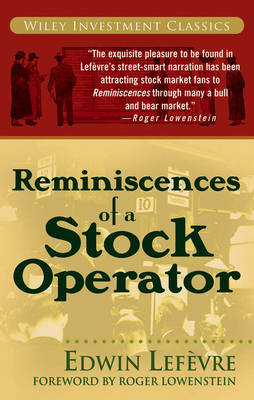

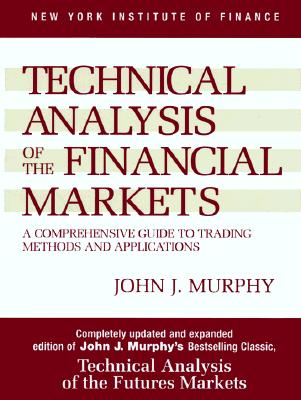

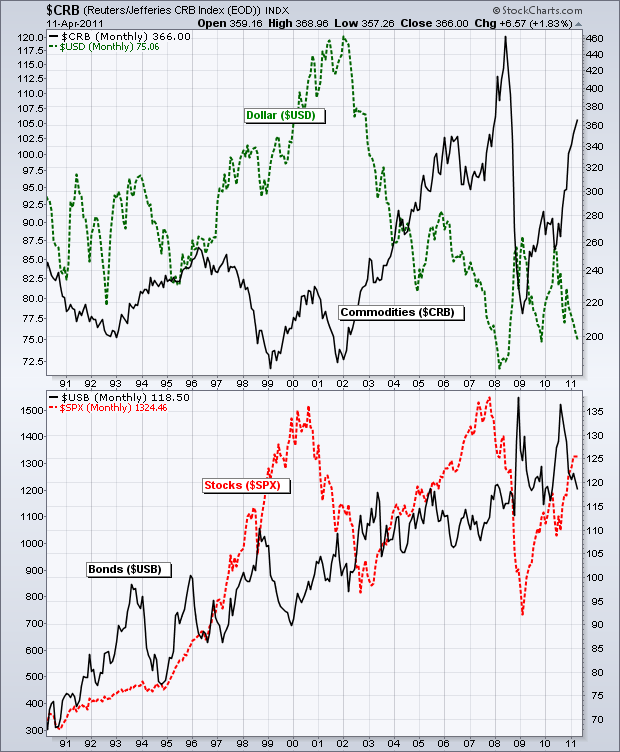

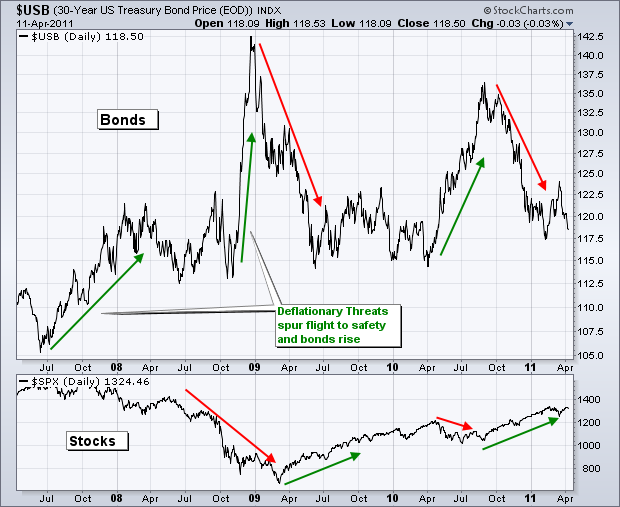
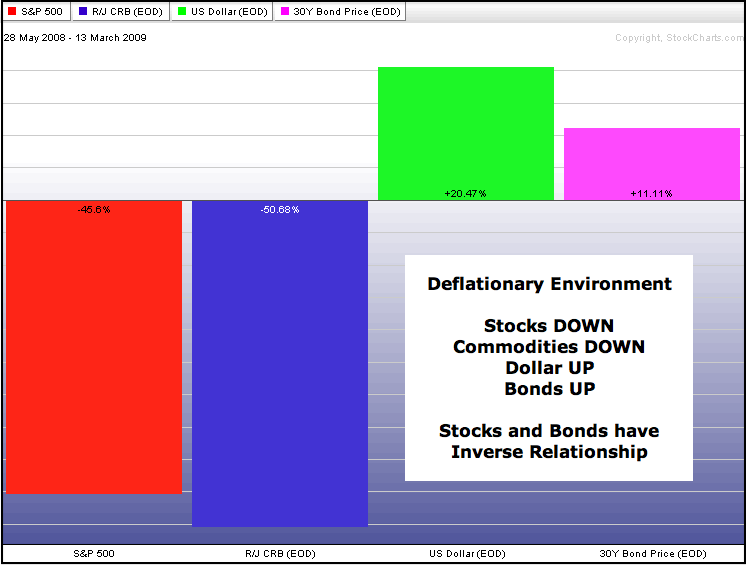

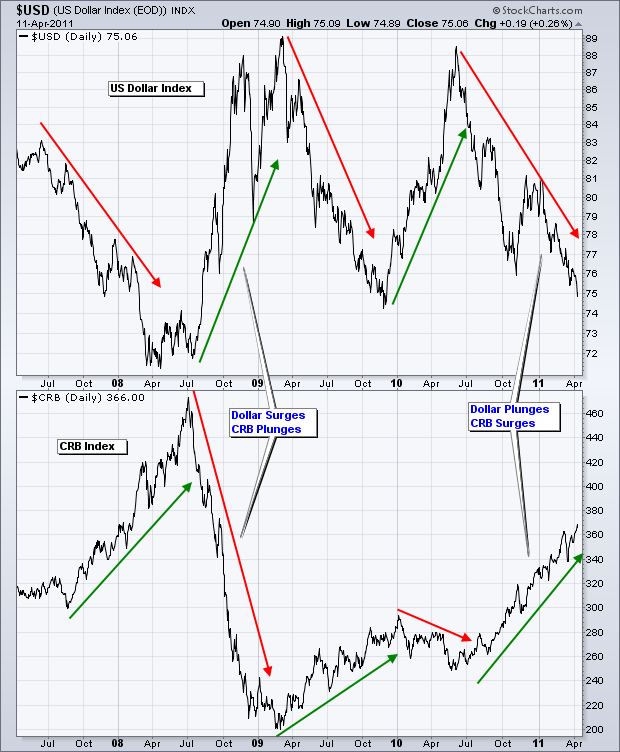
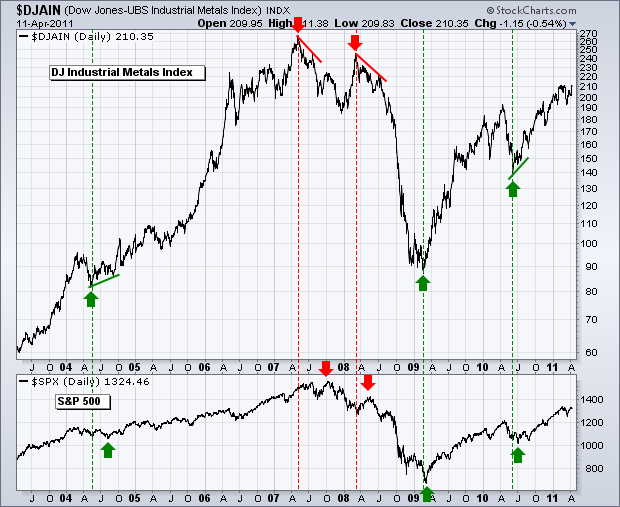
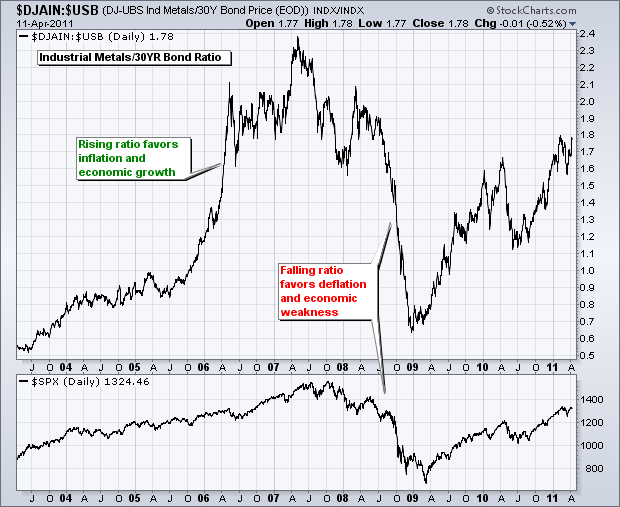
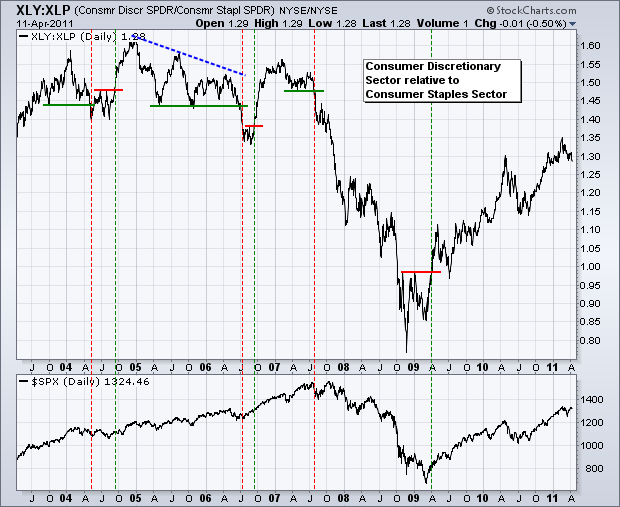
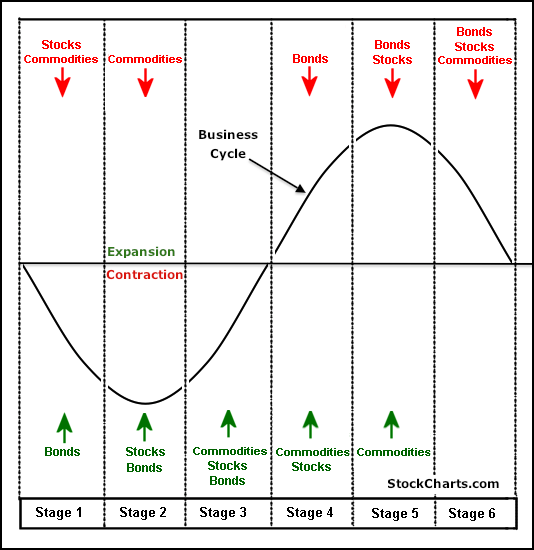


Bookmarks